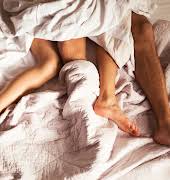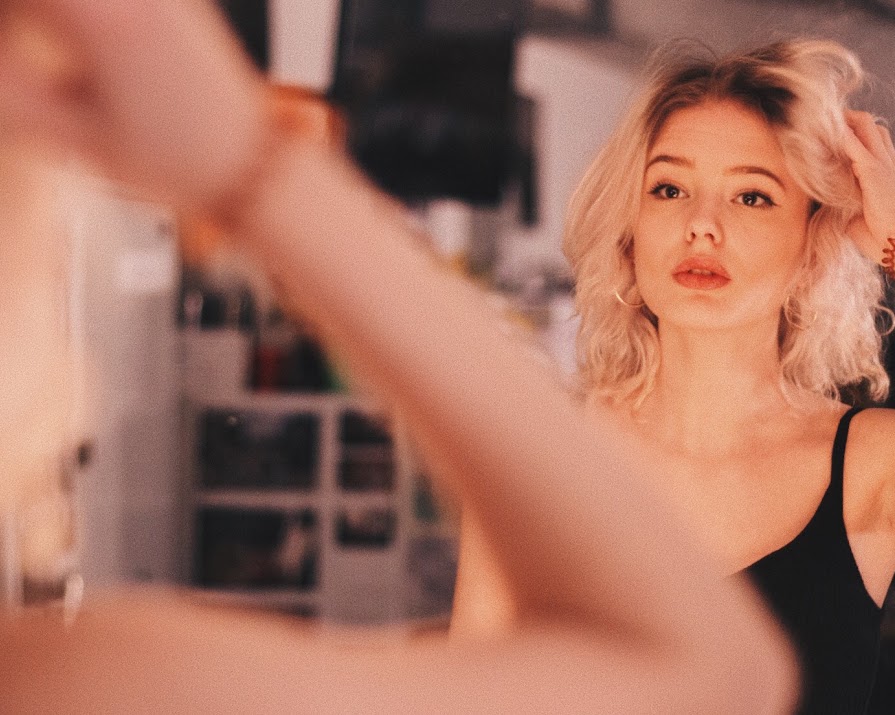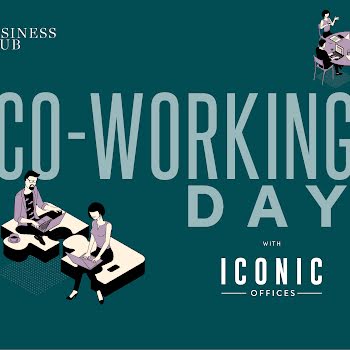
By Lia Hynes
07th Jun 2018
07th Jun 2018
This week Australian based photographer Julie Adams launched a new Instagram account, @ThisIsMeSeries. Described in the bio line as “a photo project for women that celebrates the female body, individuality and self-love”, the account’s goal is to “normalise real women’s bodies”.
Adams, who shoots for Australian Vogue, Harper’s BAZAAR, Glamour and Marie Claire, has asked women to be photographed in her studio wearing their swimsuits. The subsequent pictures posted on @thisismeseries will be raw and untouched.
In their statement of intent, they declared that “every body is born with moles and birthmarks and develops wrinkles and stretch marks. It’s natural and it’s normal. What’s unnatural is how much we have come to conceal our flaws with editing programs.”
First up was Marianna Gale, a 44-year-old brand and marketing consultant, who posed with her daughter. The result was a black and white portrait of both wearing bikinis, smiling broadly, arms around each other’s waists. “As a mother, I try not to talk negatively about my body in front of my daughter and son,” Gale is quoted as saying. “Ironically they love the soft curves and extra rolls and associate it with the way it makes them feel comfy when I am with them.”
Gale is right. Nothing is as good for one’s self-love as the adoration of a small child you created, who, until a certain age, feels a sense of untrammelled ownership over your body. When you child burrows into your stomach or squeezes your thighs, your bum or your boobs with that fierce, almost angrily possessive love a toddler exhibits; all thoughts of wobbles, dimples, and rolls go out the window.
“…women want to look more like the digitally altered version of themselves they have posted online.”
But something is getting lost between that child who sees a body as a source of succour, and the rest of us, who deem it something to be constantly worked at, altered.
In New York, always the harbinger for trends in this area, plastic surgeons have reported requests for the “social media makeover,” where women want to look more like the digitally altered version of themselves they have posted online.
A teenage family friend recently gave me a look of such deep pity when I expressed innocence of the photo editing app Facetune; I aged ten years on the spot. It’s easy to get on one’s high horse about people altering their Instagram posts, but if every other girl is doing it (in schools, not just in offices), then who’s to judge?
I have one friend who never applies filters to anything she posts online and she is spoken of by mutual acquaintances as brave, almost to the point of the incredulous. And we are women in our thirties. She’s catching though. While I love choosing between a Valencia and a Sierra, increasingly I’m finding the application of filters slightly embarrassing. It’s the undeniable vanity of it. Recently, a shot I put up unfiltered, wearing no make-up, was my most liked post ever.
Adam’s intent to “normalise real women’s bodies” speaks to the wider issue of our new beauty baseline. Aside from what we post online, IRL we are incrementally creating a new ‘normal’ for the starting point of make-up, without which we will not leave the house. And which will surely alter, gradually but fundamentally, what we think women really look like.
“For 30-year-olds, Botox is far, far more prevalent than you think.”
I made it until at least college (now 20 years ago) before wearing make-up on a daily basis became in any way a thing. And even then I would think nothing of heading into the library in Trinity with a face bare of anything. I find it highly unlikely that my own daughter will know such freedom.
In real life, today’s beauty baseline for teenagers, their “face” without which many would not consider leaving the house, includes filling in their eyebrows; eyelash extensions; and increasingly, for older teenagers, lip fillers; 1ml per session. If Kylie Jenner is doing it, why can’t they? The same but even more so goes for 20-year-olds who are increasingly pursuing an intentionally obvious “got their lips done” appearance, one top make-up artist told me. “That’s the look they are after.”
For 30-year-olds, Botox is far, far more prevalent than you think. That tight, sweaty, shiny forehead that means you can easily spot it when someone has had the injections? That’s a specific, desired look. If they have it, chances are it’s what they wanted. It is easily avoided in favour of a barely perceptible smoothing of the forehead and the eyes.
“Botox is just a given now. I rarely notice it anymore because everyone has it,” my make-up artist friend tells me. For late-30/early 40-year-olds, growing old naturally is no longer a given; it’s a decision, a conscious choice to be made. A fork in the road offers either the beginning of a lifetime’s commitment to getting work done or letting nature take its course. I’ve had friends in their forties urged by others to deal with their unsightly forehead wrinkles, greeted with bafflement that they would allow such things to exist.
“My own daughter, now nearly four, screamed when she first saw me applying eyeliner.”
My own daughter, now nearly four, screamed when she first saw me applying eyeliner. Even at 10 months, I could see the horror writ large on her face. ‘Why is mommy writing on her eyes with a pen?’ For most of my maternity leave I had barely bothered with the make-up bag, and so she wasn’t used to the sight.
Now, she adores playing with my make-up. She loves nothing more than getting ready with me in the mirror when I prepare to go out. Not always ideal if one is in a rush, but it is fun, and bonding. I even bought her her own make-up palette recently after she got her hands on a Bobbi Brown eyeshadow palette of mine, resulting in black X marks through each colour.
“Look mommy, I love this colour,” she will say as she paints granite shades up and down her arms. “It’s so relaxing” she purrs as she wafts the (make-up less) blusher brush all over her face. To her, this is dress-up. Playtime. Her own palette is actually a contouring one; I chose it because I knew the green and purple colours would appeal to her. So far she has painted the faces of anyone who gets near enough and still enough: myself, Daddy, Grandad.
Some of my friends won’t even allow their similarly-aged children to see them put on make-up. I have a ‘take it or leave it’ approach to the stuff that leaves me fully confident allowing my little one enjoy it. Because she copies me.
Leaving the house without make-up doesn’t phase me. Playschool drop off could see me bare-faced or full-faced, depending on how my day is to be spent. I am determined to foster the same attitude in my daughter. Make-up in our house is an option, not a means with which to fundamentally alter oneself.
This is something we do for fun, when we feel like it. But this is me, without make-up, daily. Outside the house.
Photo: Mikail Duran























